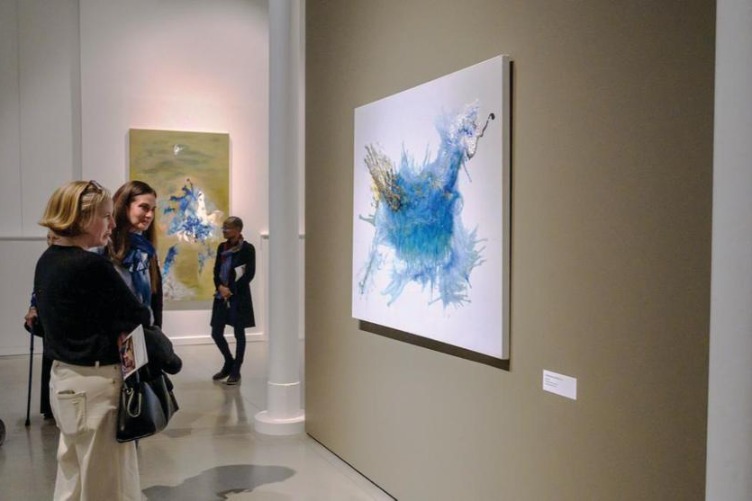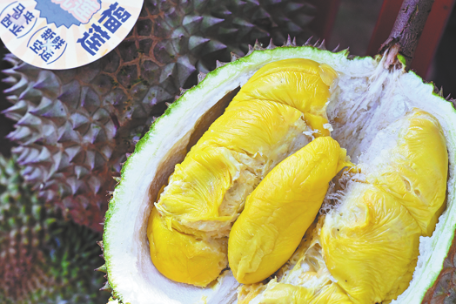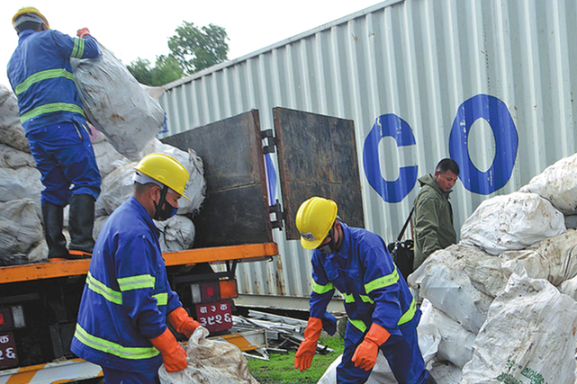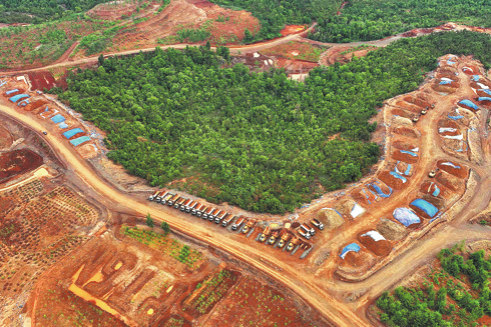World Natural Heritage Site 'Badain Jaran Desert' shines in Belgium

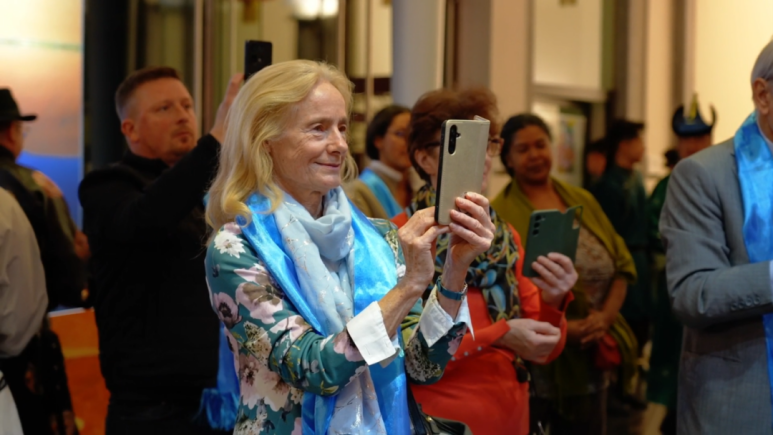
On Friday, the promotional event for the World Natural Heritage Site "Badain Jaran Desert — Towers of Sand and Lakes" made its European debut at the Chinese Cultural Center in Brussels, featuring a dedicated tourism and cultural promotion session and a photographic exhibition celebrating the world heritage site.
Attendees included Counselor at the Chinese Embassy in Belgium Zhang Qinghua, Chairman of the Belgium-China Economic and Commercial Council (BCECC) Bernard Dewit, as well as representatives from Belgium's cultural and tourism sectors and local media. Together, they witnessed how the local people have been using their world heritage sites to build a new bridge of cultural exchange between China and Europe.
"Alashan is one of China's most representative desert ecological regions, and Badain Jaran Desert — Towers of Sand and Lakes is truly its ecological gem," said Ren Lihua, who is in charge of the region's publicity.
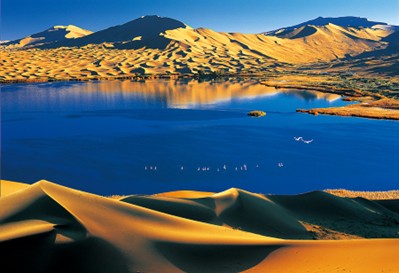
Located in the Alashan Plateau in the hyper-arid and temperate desert region of northwestern China, the Badain Jaran Desert is a meeting point for three sandy regions of China and is the country's third largest desert and second largest drifting desert. The property stands out with its high density of mega-dunes, intersected with inter-dunal lakes. It displays spectacular ongoing geological and geomorphic features of desert landscapes and landforms which may well be unparalleled. It was in 2024 that the Badain Jaran Desert — Towers of Sand and Lakes was added to the world natural heritage list.
In her remarks, Ren painted a vivid picture of the breathtaking scenery, with majestic sand dunes mirrored by crystal-clear lakes, a landscape where nature and culture coexist in harmony. She explained that Alashan has long adhered to the principle of integrating culture and tourism while prioritizing ecology, striving to build an international eco-tourism destination.
"We sincerely invite friends from across Europe to visit Alashan, so as to feel the vastness of the desert, the vitality of the lakes, and the charm of our traditional culture," she said.
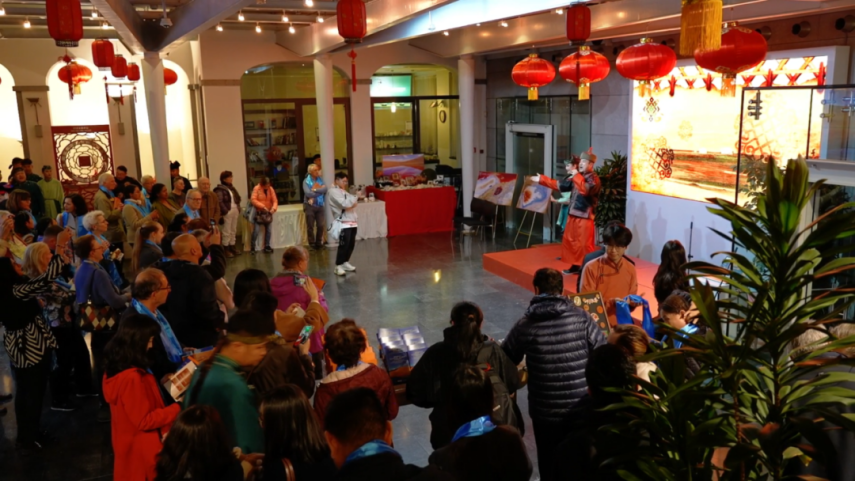
"Although China and Belgium, Alashan and Brussels, are thousands of miles apart, our shared respect for nature and our passion for art bring us close together," said Dewit, expressing his admiration for Alashan with poetic enthusiasm. He described the region's landscape as "a symphony woven by wind, sand, and water," calling the Badain Jaran Desert a "living bridge that connects humanity's past and future."
He emphasized that events like this highlight the importance of dialogue among civilizations. "Only through deep and continuous communication can we strengthen trust and understanding," he added.
The organizers also shared insights on Alashan's successful experience in protecting and sustainably utilizing its World Natural Heritage resources, underscoring the region's long-term commitment to ecological preservation and green development.
As the event concluded, guests explored the photo exhibition, where stunning images of the towering dunes, shimmering lakes, and vast starry skies of Alashan drew admiration and reflection. Many attendees expressed hope that the unique beauty of the region and the values it embodies would inspire more cooperation between China and Europe in the fields of sustainable tourism, environmental protection, and cultural exchange.





















